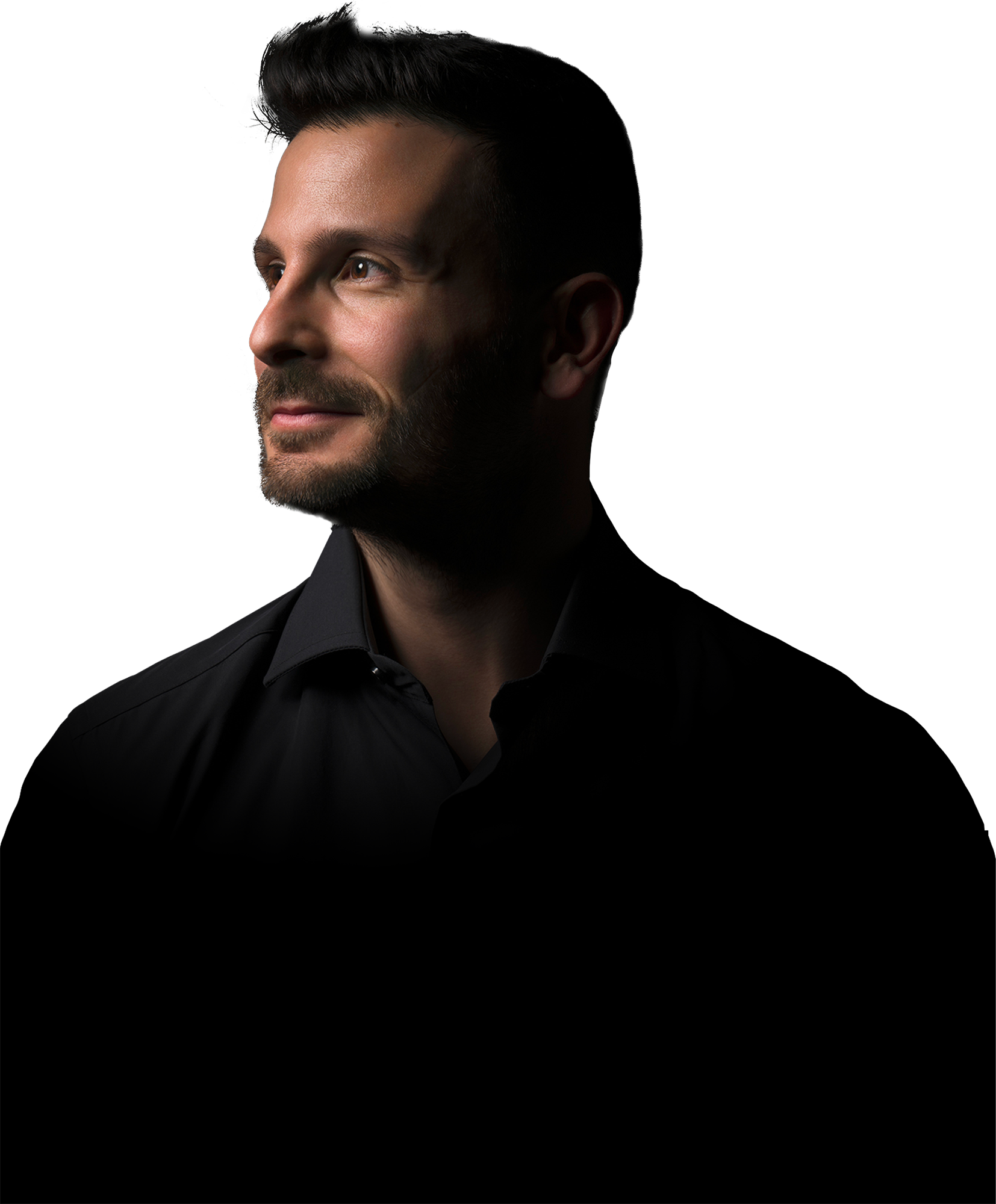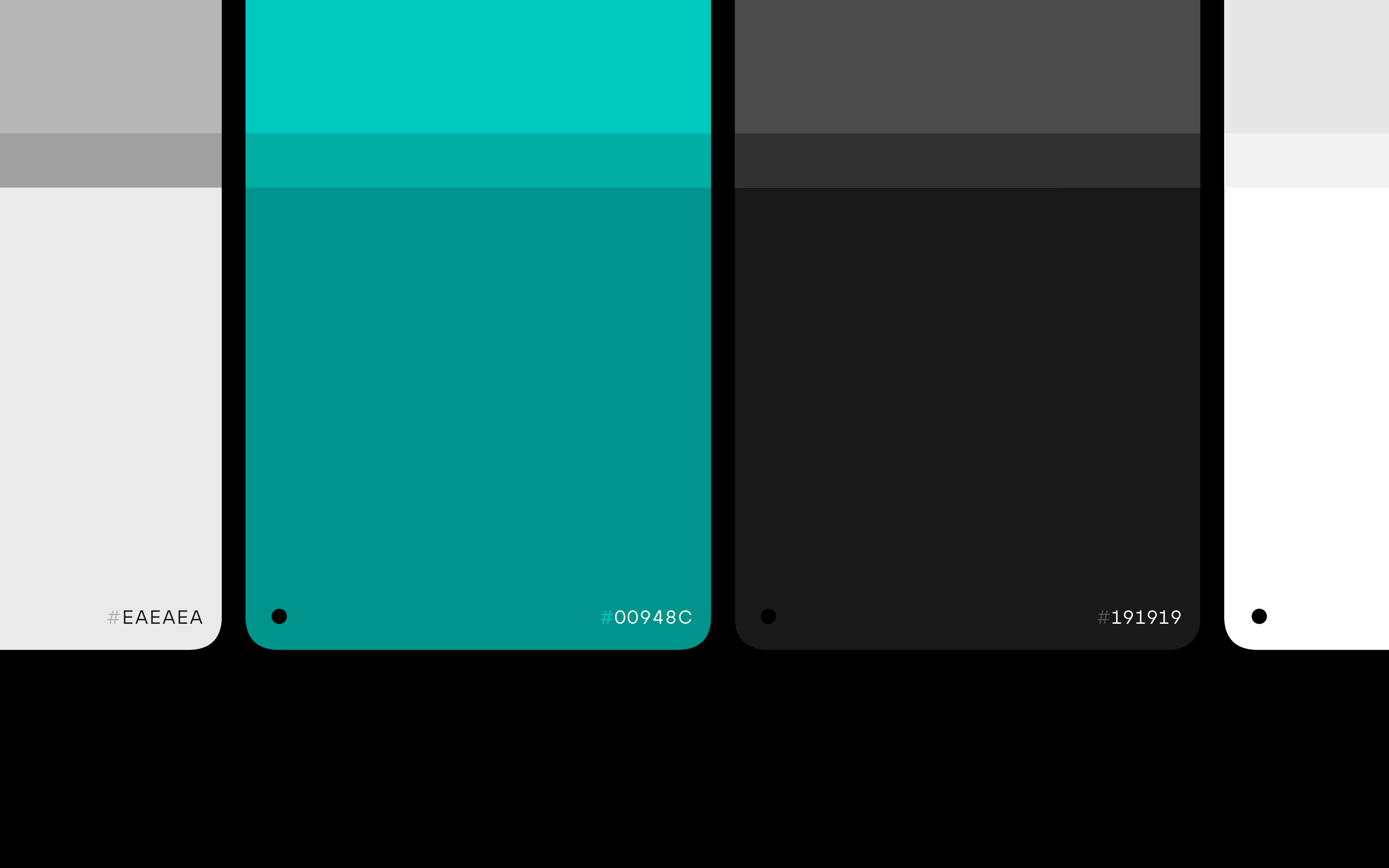
Many brands rose to fame by tying themselves to a character who managed to break into the audience’s imagination and become an integral part of the brand identity.
Maybe we should learn from the past.
Just browse through any advertising annual and you will find lots of fictional characters who became the symbol of a brand. In a way, when we talk about brand characters, we feel like we are evoking a lost era of communication: today characters are employed more sparingly if not even altogether avoided.
Recent data, though, suggest that tying a character to your brand identity is not just a wise choice, but even a forced one if you want to rise through the clutter.

Great characters who made their brands
Successful brand characters abound, and many of them entered popular culture.
We couldn’t list them without mentioning the Michelin Tyre Man, one of the most long-lived brand characters in the history of communication, having appeared for the first time in an 1898 ad poster. Since then the Man – also known as Bibendum – has been for over a century an irreplaceable asset of Michelin’s brand identity, to the point of becoming an integral part of the logo and entering popular culture (think of Ghostbuster’s Marshmallow Man, a clear homage).
Another famous example of a brand character is Captain Birdseye. A more recent creation (introduced in 1968) he has always been a symbol for the brands of the Iglo group, and has become not only an integral part of the logo, but the cornerstone of every campaign and the starting point of every storyline.
Another glaring case is the pink Duracell bunny: since 1973 it has been an unmistakable symbol that we now instinctively associate with the brand and the performance of its batteries. A symbol so effective to have become, in the United States, a bone of contention: Duracell competitor Energizer managed to trademark its own pink bunny before Duracell itself, so today the company can only use it outside of the USA and Canada.
Other famous examples are Tony the Tiger, the symbol of Kellogg’s cereals since 1952, Mr. Clean, the mascot for the eponymous detergent since 1963, the Pringles’ man, M&M’s, Wendy’s girl, but also the gecko from Geico Insurance.
Characters are the most effective assets in a brand identity
If you always liked brand characters, data is on your side. More precisely, an IPSOS paper from 2020 (“Ipsos Creative Excellence Video-Ad Meta-Analysis”) proved that brand characters make an ad six times more memorable compared to the logo and twice as memorable as the presence of a celebrity, making it an indispensable element of the brand identity.
A brand character not only guarantees that people will recognize and remember the brand but can be linked to specific values that will impact the brand positioning: stamina, in the case of the Duracell bunny, or fish freshness, in the case of Captain Birdseye.
In other words, the character – because of its richness and depth – is a more powerful symbol than any other exactly because it packs together different meanings.
The character is an entity people can truly grow fond of – more than they would of the brand itself – thus becoming familiar and reassuring.
Furthermore, compared to a celebrity, characters have the advantage of being owned by the brand: while a celebrity could overshadow the brand or create confusion when working with other brands, a character will never betray the brand that created it.

The challenges of a brand character
Being the most powerful asset in a brand identity, a brand character comes with its own challenges, mostly related to the timescale on which it works. You might have noticed that successful brand characters are sometimes sixty, eighty, or even a hundred years old. Often, these characters outlive logo redesigns and the refresh of a brand identity. On one hand, this proves their efficiency, but it also highlights two complexities.
Firstly, a brand character requires patience. While this is necessary for brand building, it is even more so for a character that aims to become familiar. Maybe this is one of the reasons we see so few brands today resorting to characters in their communication: patience is in short supply these days, marketing cycles are very fast, and it’s easier to summon a celebrity than wait to create one. Nevertheless, it would just take some foresight to understand that introducing a character in the brand identity is an investment that will build value over time.
The second challenge, more subtle, is the evolution of the brand character. The best brand characters appear immutable, and yet they must be constantly updated to react to context change.
A brand character can be modernized, as it recently happened with Mr. Clean or – even more strikingly – with KFC’s Colonel, rejuvenated and made into a sex symbol.
Modernization, though, can hold some unpleasant surprises: Captain Birdseye, for example, changed several times over the years (also for casting needs), while remaining a good-natured old man. In 1998 the company tested a younger version, without its proverbial white beard, but it had to pull it after a few years.
In some cases, a crisis makes it necessary to discontinue a character: it’s what happened with Ronald McDonald, the longstanding mascot of the fast food chain, put aside in 2016 when the sightings of creepy clowns were increasing in the US. It must also be said that Ronald had become a symbol of anti-McDonald’s protests.
Ready to create a brand character?
Don’t be afraid, though: the creation of a brand character can be an interesting journey and it can become a pillar for the whole brand identity.
READ MORE ON
Verbal Identity: How We Craft the Voice of a Brand
Brand typography can be seen as a detail, but it’s the living spirit of a brand. This is how we do it at Sublimio.
Beautiful Thinking: the branding philosophy behind Sublimio
Can a brand look good and be strategic at the same time? If you ask us, there’s really no other way.
How We Choose Brand Colors for Impact
Choosing brand colors is never easy. But it helps to have a rough idea of why you are picking one over another.
Why Our Branding Agency is Called Sublimio
What’s in a name? More exactly, what’s in our name? Well, probably more than you think. Here’s where it comes from.
our newsletter













